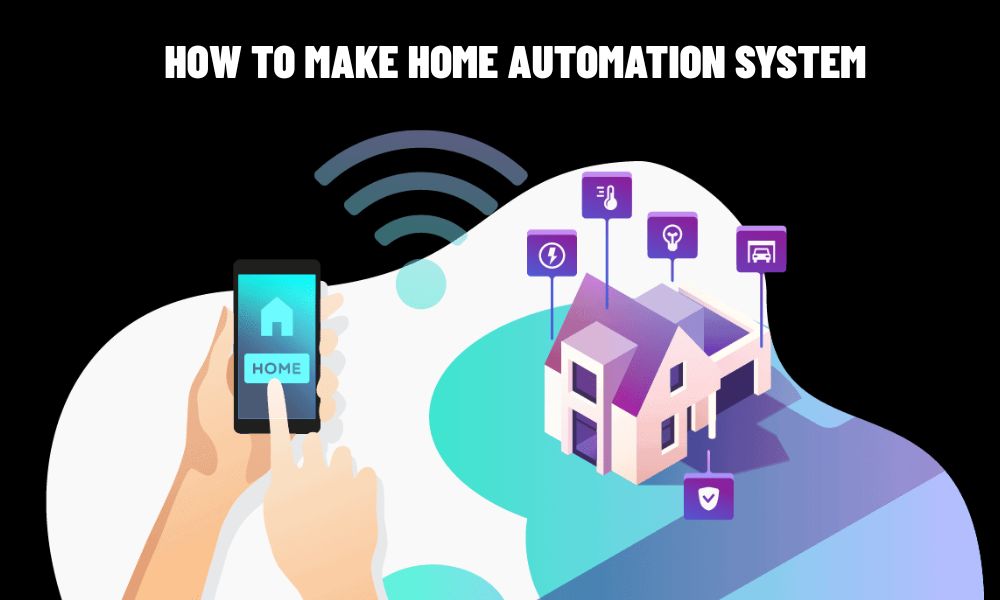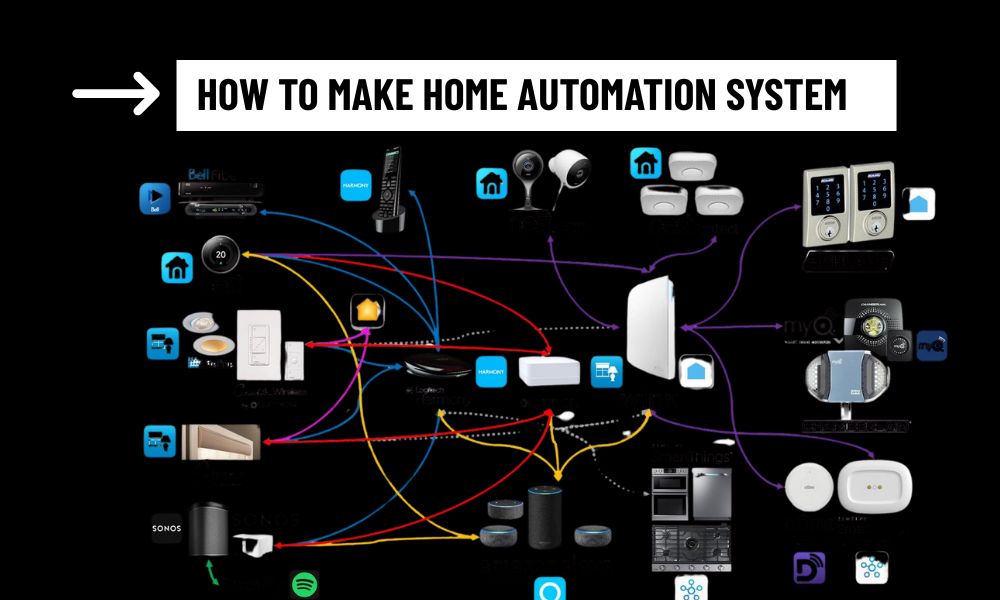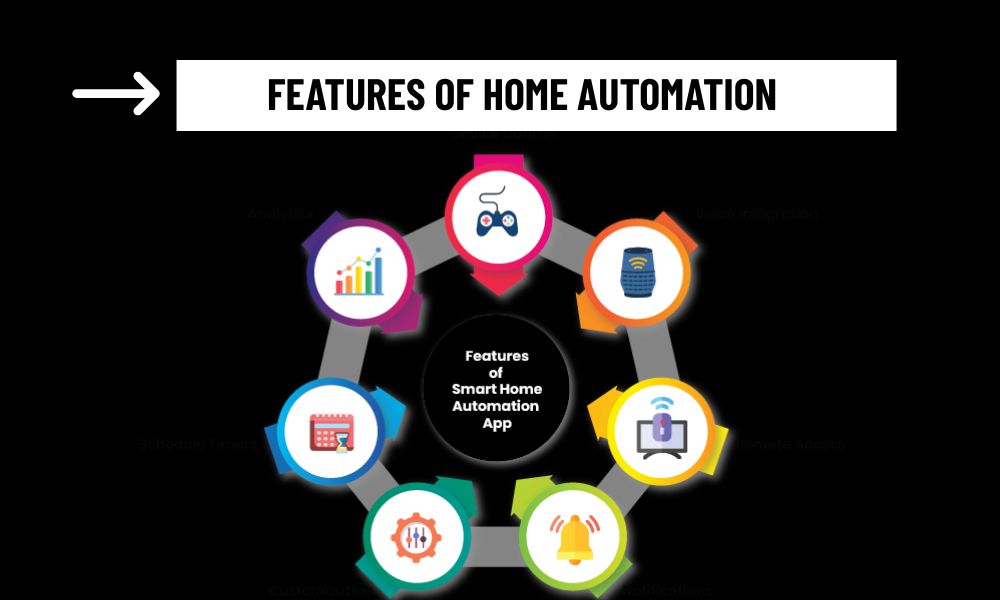The idea of turning your home into an intelligent, responsive environment is no longer a futuristic dream—it’s a practical reality. Still, many people wonder how to make home automation system that is reliable, scalable, and truly useful. This guide walks you through the essential steps to build a smart home system that’s tailored to your needs, lifestyle, and budget.
Contents
1. Define the Purpose of Your Smart Home System
Before diving into technology, take time to ask yourself what you want your smart home to do. Do you want to save energy, increase security, improve convenience, or all of the above?
Clearly defining your goals helps you focus your investment on features that will offer the most benefit. A family with children might prioritize security and voice control, while someone working from home may focus on lighting, temperature, and noise management. Understanding your goals is the first—and arguably most important—step in learning how to make home automation system that actually serves your day-to-day life.

2. Choose the Right Automation Platform or Ecosystem
At the heart of every smart home is a control system that connects all devices together. This platform acts as your home’s central brain, managing commands, automations, and data.
Popular ecosystems include:
- Google Home
- Amazon Alexa
- Apple HomeKit
- Samsung SmartThings
- Home Assistant (open-source, highly customizable)
Each platform has different strengths. Apple offers privacy and seamless iOS integration; Alexa and Google Home support a wide range of third-party devices; Home Assistant allows for advanced custom automations and local control. The choice depends on your comfort with technology and the types of devices you plan to use.
This step is vital because once your system is built around a specific platform, switching can be time-consuming. Knowing how to make home automation system future-proof means selecting a platform that supports flexibility and long-term scalability.
3. Select Compatible Smart Devices
Once you’ve chosen your platform, it’s time to add devices that meet your goals and are compatible with your system. These can include:
- Smart bulbs and switches
- Thermostats
- Door locks and cameras
- Motion and door sensors
- Smart plugs and appliances
Choose devices not just based on brand or popularity, but on how they interact with each other. The more unified the experience, the more seamless the automation will be. Remember, how to make home automation system that feels natural requires fewer apps and more integration.
Also, consider communication protocols: some devices use Wi-Fi, while others use Zigbee, Z-Wave, Thread, or Bluetooth. A smart hub may be needed to bridge multiple protocols, especially if you’re building a complex system.
4. Plan and Configure Your Automation Logic
This is where a smart home truly becomes “smart.” Instead of simply controlling devices manually, you can create automations—rules and routines based on triggers such as:
- Time of day
- Motion or occupancy
- Weather conditions
- Your location (geo-fencing)
- Voice commands
For example: when you leave home, your lights turn off, the thermostat adjusts to an energy-saving mode, and the door locks automatically. In the evening, lights can turn on as you approach the driveway.
Creating routines like these is essential in understanding how to make home automation system that works proactively, not just reactively.

5. Ensure Network Stability and Security
A smart home relies on strong, stable connectivity. Invest in a good Wi-Fi router with strong coverage across your home. For homes with many devices, consider using mesh networks or routers that support separate IoT device channels to avoid network congestion.
Just as important as connection is security. Your home automation system handles sensitive data—camera feeds, door locks, personal schedules—so it must be protected. Use secure passwords, enable two-factor authentication, keep device firmware updated, and prefer local processing (when available) over full cloud reliance.
When exploring how to make home automation system secure and trustworthy, privacy should never be an afterthought.
6. Test, Optimize, and Expand Gradually
Once your devices and automations are set up, test them under real-world conditions. Pay attention to latency, reliability, and how intuitive the system feels. You may need to tweak automation rules or rearrange Wi-Fi nodes for better performance.
Start small and expand. Begin with one or two core functions—like lighting and temperature control—and add more complexity as you grow comfortable. A good home automation system should evolve with your lifestyle, not overwhelm you from day one.
As you grow your system, consider dashboards, scene presets, AI-powered routines, or even voice control in multiple rooms. The beauty of how to make home automation system right is that it can be personalized at every level.
Knowing how to make home automation system isn’t about chasing the latest gadget—it’s about designing an ecosystem that works for you. It requires careful planning, the right technology, and a clear understanding of your needs. When done right, a smart home becomes more than just connected—it becomes intuitive, secure, and responsive to your life.
From simple daily automations to complex energy-saving routines, the possibilities are nearly endless. Start with a clear purpose, choose compatible devices, build on a strong platform, and let your system grow with you.
In the end, a well-built home automation system doesn’t just make your home smarter—it makes your life smarter.


